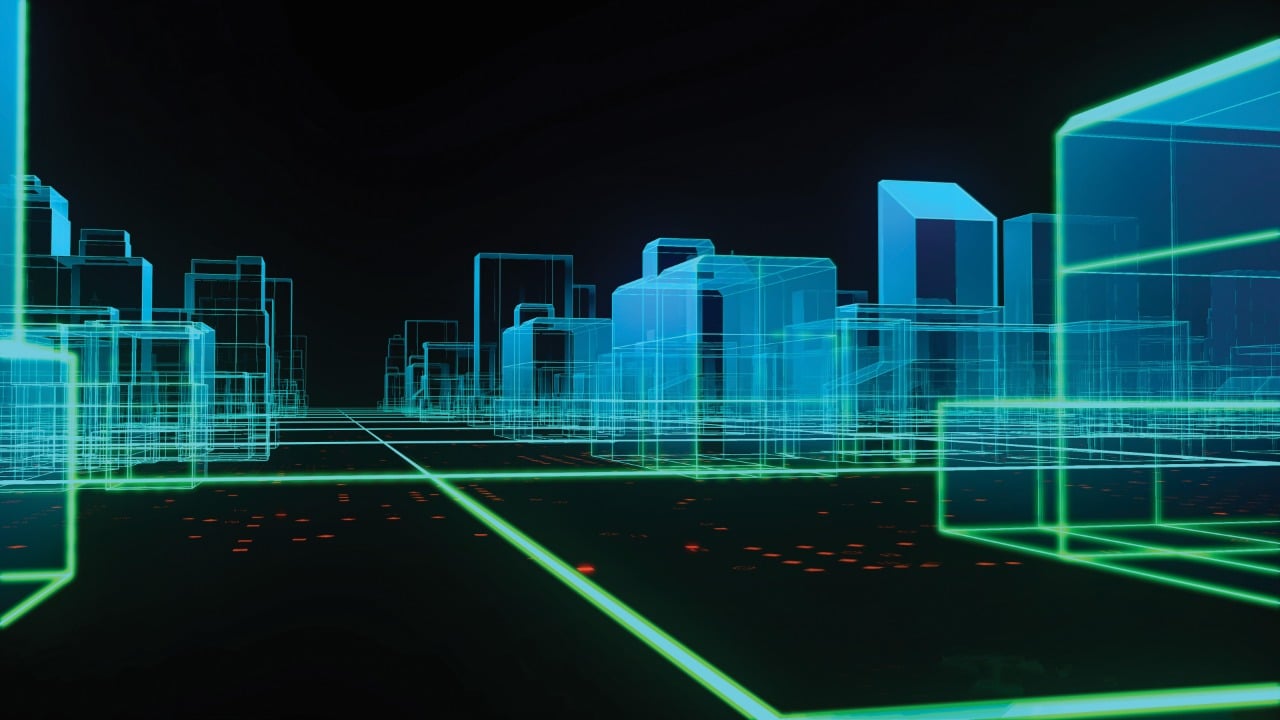 How to grow faster, smarter, and better using technology and innovative softwares in the design and architecture industry amid COVID-19
How to grow faster, smarter, and better using technology and innovative softwares in the design and architecture industry amid COVID-19
By Roma Arora
The role of design and architecture will be huge in the post- COVID-world. The building structures and space setting will get a different meaning altogether now. COVID-19 has had a huge impact on the mindsets of the industry people and places won’t look and feel the same. But all of this won’t be easy to achieve, the industry is relying on technology and sofware solutions more than ever. With the increased activities in the design and construction sector, there is a greater need for efficient ways of working and that’s what dig and softwares play a major role. It helps the professionals to speed up the ability to plan, design, and manage the design and building projects more efficiently.
We spoke to leading solution providers and designers and architects on how to scale-up with the right tools and technologies.
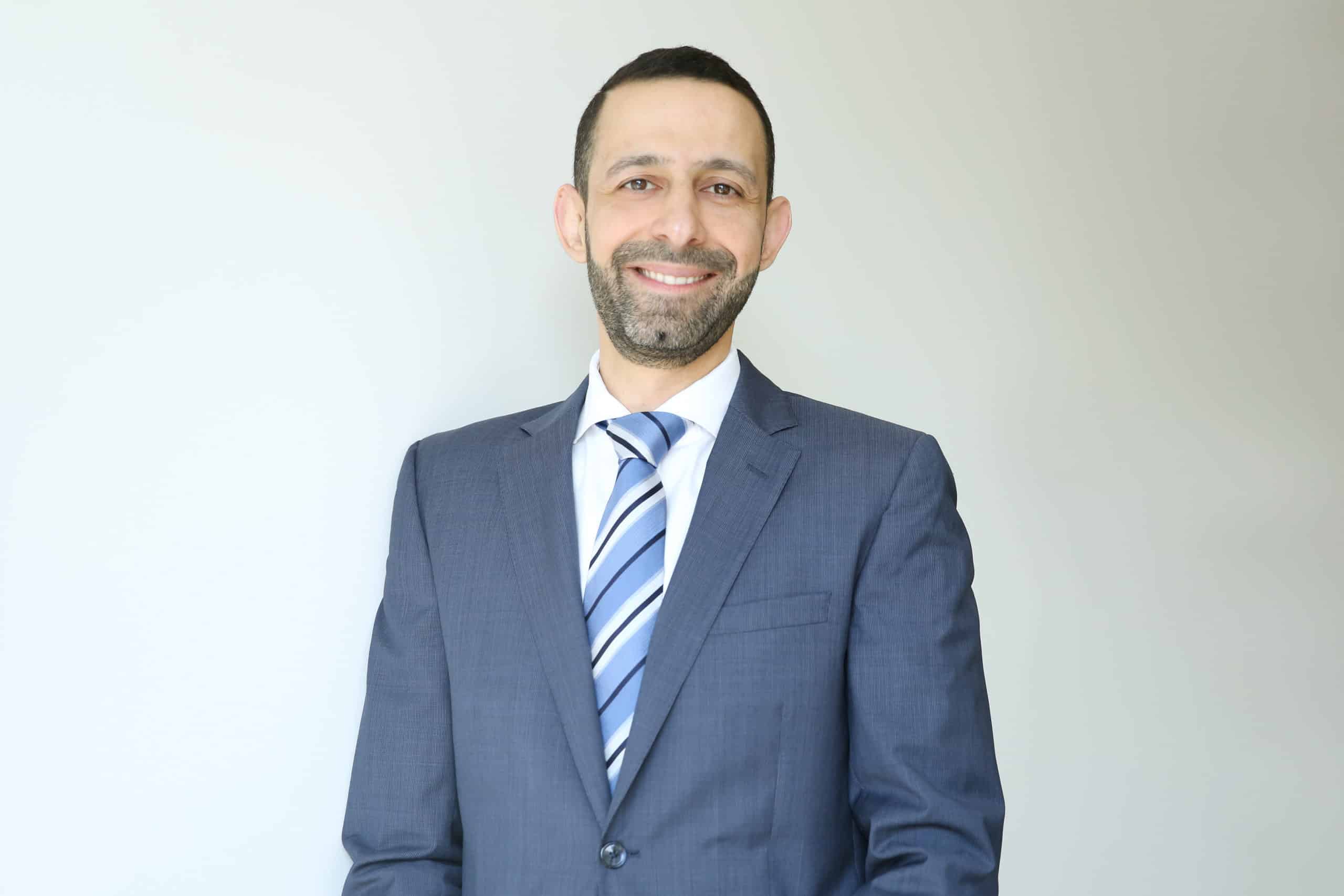
SOFTWARES AND DIGITISATION SOLUTIONS
The COVID-19 pandemic has changed everything and to survive businesses must adapt the way they work. Naji Atallah, Head of AEC & Manufacturing at Autodesk, feels that the pandemic has become a catalyst that accelerated the adoption of technologies and processes such as Building Information Modeling (BIM) software to cloud work sharing, Artificial Intelligence, and Virtual Reality. “UAE has always been on the forefront of technology adoption on flagship projects such as Al-Maktoum International Airport, Museum of the Future, Expo 2020 and many others. Dubai-based Al Gurg Consultants, for example, prepared a holistic approach to digital transformation. One of the desired outcomes was to accommodate remote working for most of its staff. A key change was to move away from paper-based processes to digitisation around a central DIM model. Moving the company to an integrated digital workflow improved both the speed and quality of work while encouraging greater collaboration and the ability to resolve potential issues early. Another example is of Architectural firm RSP that rapidly moved towards a work from the home model at the start of the pandemic last year and used the BIM 360 software to make the transition smoothly and with little disruption to workflows,” says Atallah.
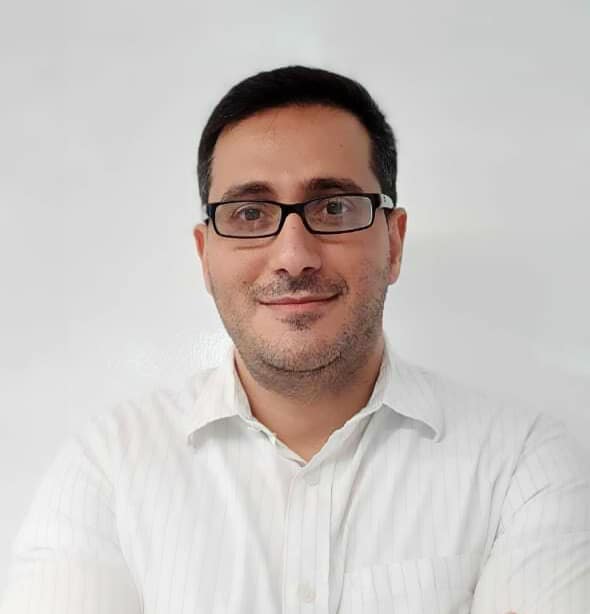
New, innovative software is critical to the rise of parametric design, which is expanding the boundaries of the aesthetics and function of architecture. Internationally renowned architects like Zaha Hadid have made parametric design famous around the globe. Ahmed Balawi, BIM Operation Manager at Dewan, says: “Different kinds of software can help architects and designers be more successful at various points throughout a project’s lifecycle. For instance, in the concept and feasibility studies phases of development, AEC professionals can use parametric design tools such as Rhino, SketchUp, and 3DS Max to explore different forms and materials. When approaching technical design, tools such as Autodesk Revit, Bentley, and Archicad are tremendous programs for mapping out architectural details.
Finally, to enhance collaboration, especially as people work remotely, Dewan uses Navisworks and BIM 360.” Balawi further adds: “We are even seeing the introduction of programs that layer new functionalities onto existing tools in use, which is opening up even further possibilities for the industry.” Another exciting example to quote here is of architectural firm RMJM. In 2020, RMJM was able to complete a variety of projects despite remote working conditions. These included projects such as the M10B Office for Masdar in Abu Dhabi, Cairo Festival City, Mixed-Use Developments in New Cairo and Baghdad, a luxury apartment compound in Abu Dhabi, and a hospitality project in Mecca.

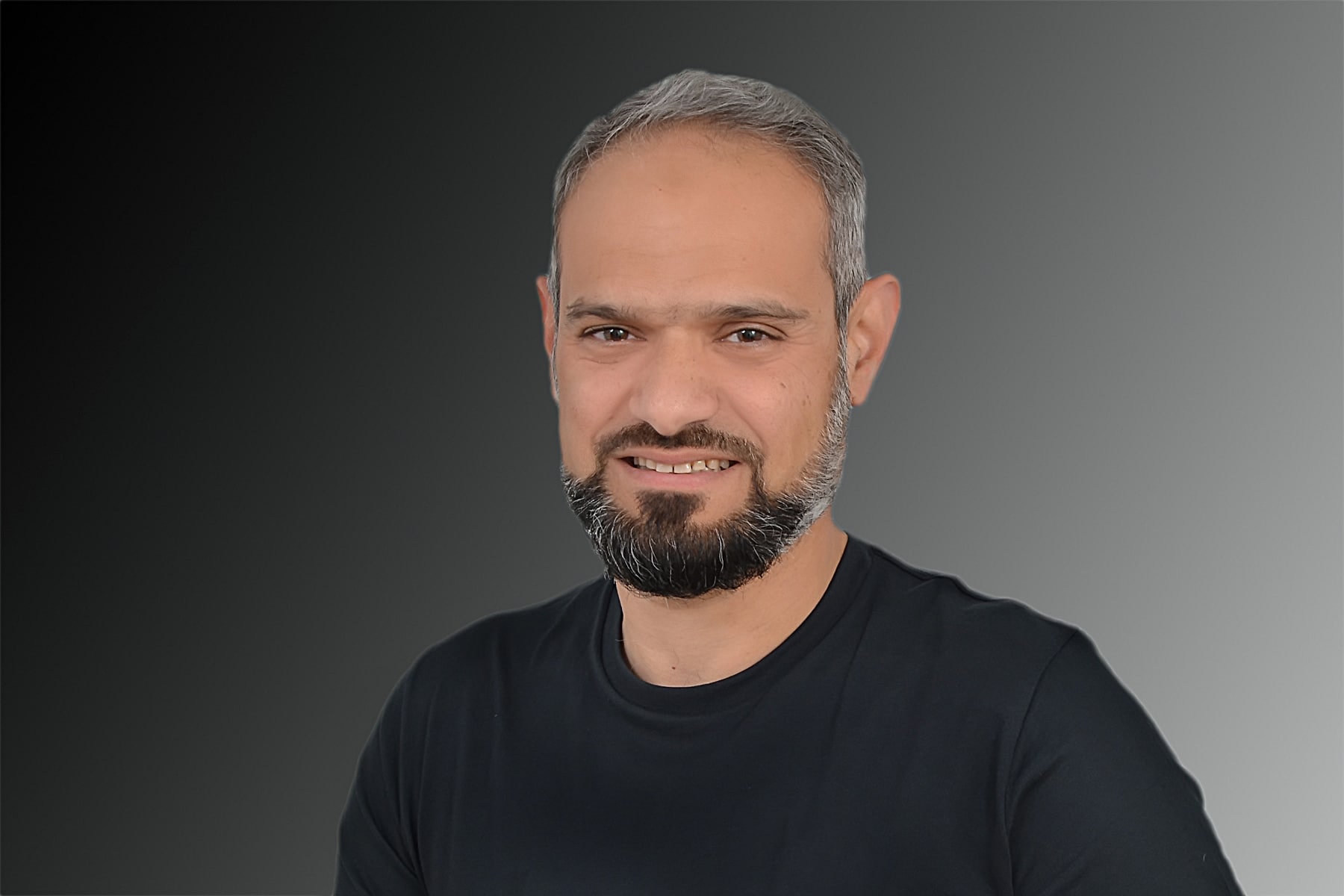
Softwares for remote collaboration have played a vital role in executing these projects. Mohamed Essam, chief technology officer at RMJM, explains: “Existing project workflows were sustained through cloud service providers, like Google workspace. Google mail allowed full access to all other included apps in the package. All teams in the office, from architecture to marketing to commercial, use Google docs, or Sheets, to streamline their processes.
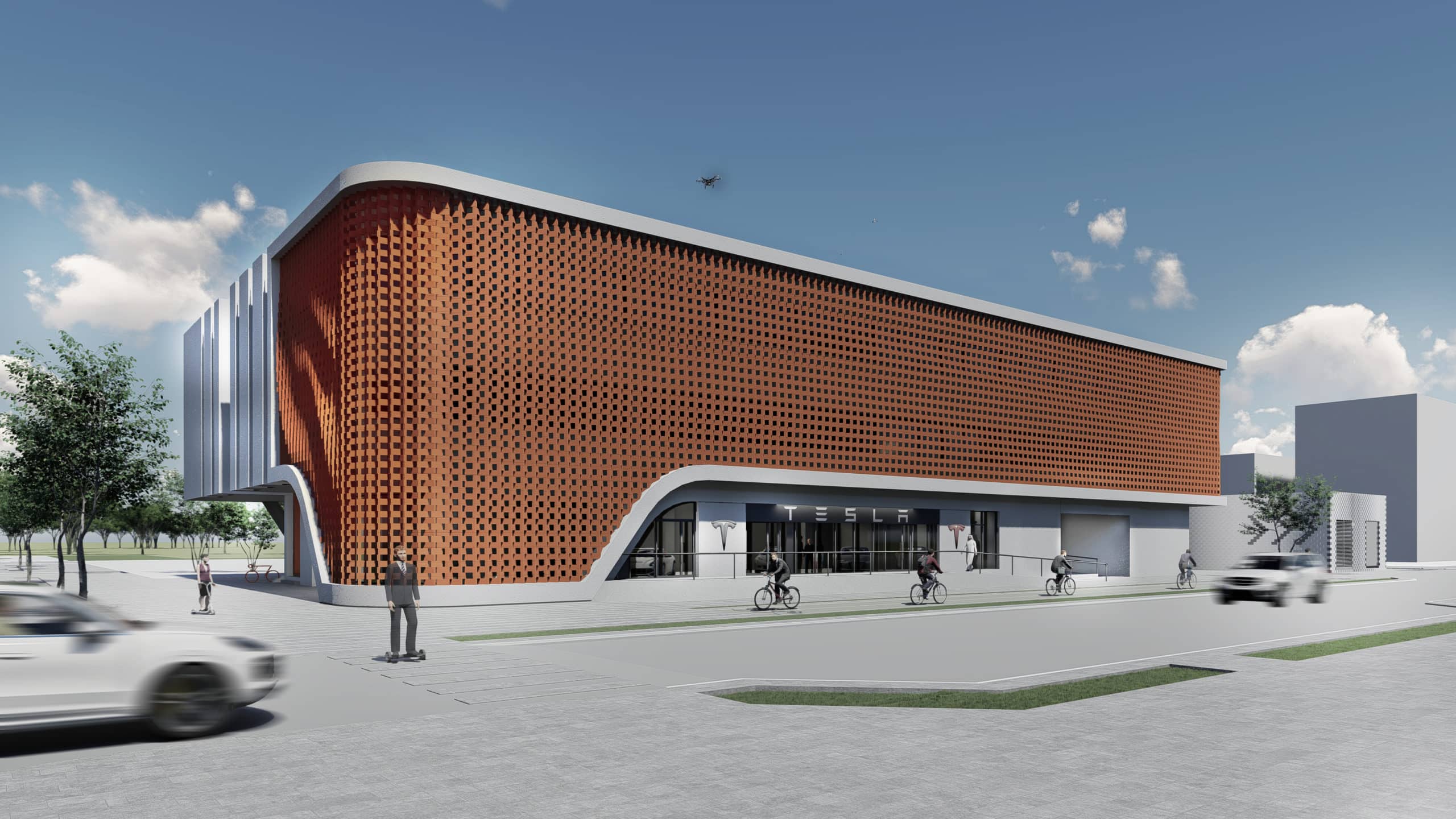
Essam further lists the critical softwares that help in turning around things, “On the BIM front, the Autodesk Suite played a vital role in ensuring projects were delivered to a high standard. Autodesk Revit is our main project delivery tool, where project milestones deliverables are authorized and extracted. This achieves a clean design package as expected by our clients. Users could share their BIM models on the Cloud platform for our PMOs and QA/QC to track performance and ensure quality on a timely basis. Autodesk Naviswork then tested all the BIM work generated by Revit to detect model clashes. These results were also shared through the Autodesk Cloud platform and reported to our clients.”
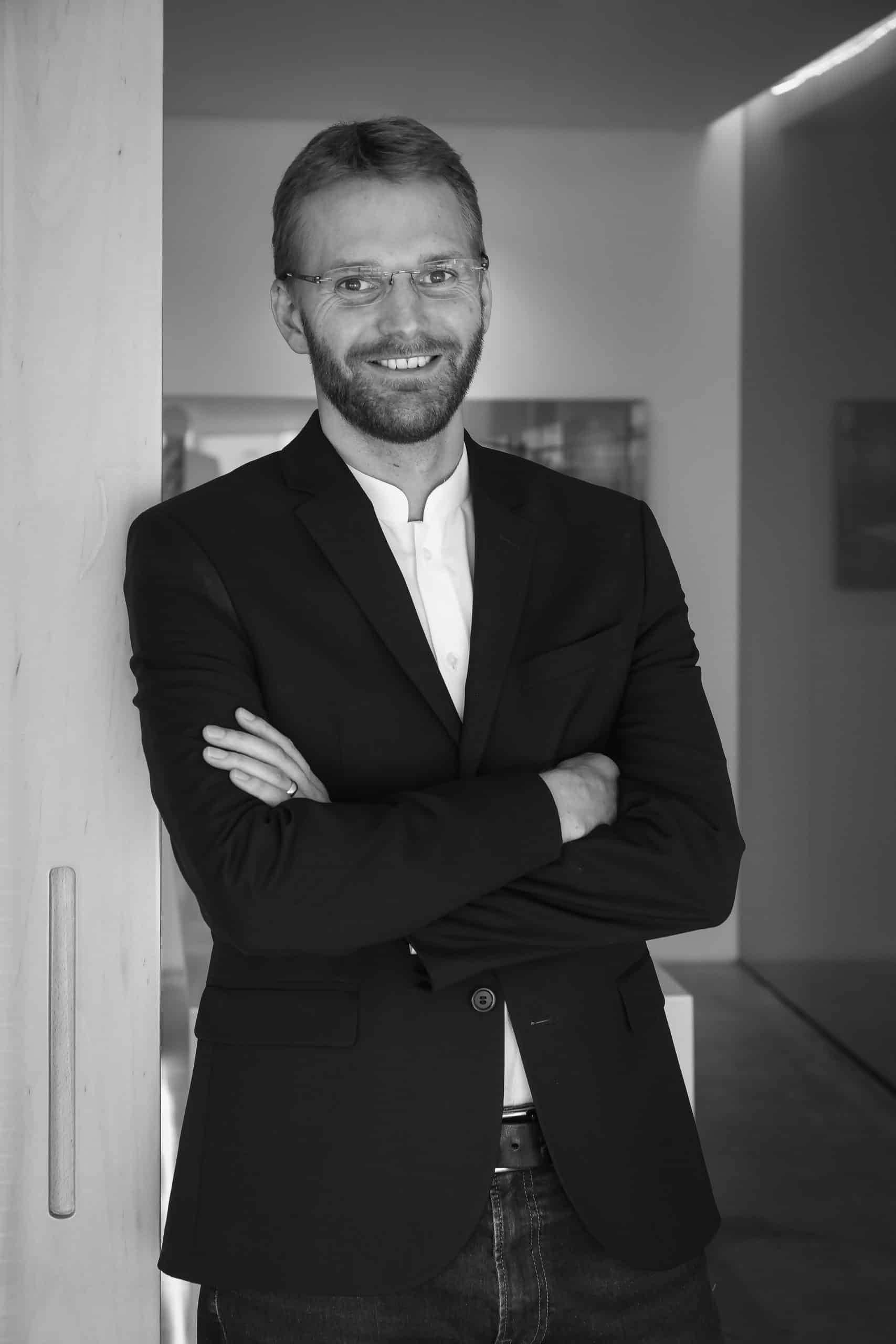
The influence of the pandemic not only accelerated the adoption and integration of these technologies, but has also changed the way we work. Anton Balchin associate at U+A, comments: “In design, hand-sketching will always be an integral part of our creative process. The felt-tip pen has been replaced with the Apple Pencil and the scanner with an iPhone camera. Combined with apps like Procreate and MS Teams, we can share our sketching and thought process live with each other, and our clients. The future will see more reliance upon Online Whiteboards with real-time brainstorming through platforms such as Inko and Scribble.” The main buildings are highly insulated and energy efficient, including the SIEMENS building (below), the Middle-East headquarters of the technology giant. Anton Balchin RIBA PMP, Associate, U+A The Durr s Yachts & Marina U+A The Durr s Yachts & Marina development would offer one of the world’s most unique and memorable places to live and visit. Based only 45 minutes from the capital city of Tirana, Durr s provide residents and visitors a unique opportunity to experience unparalleled amenities, a vibrant marina and exclusive residential communities.
The community is home to over 12,000+ residential units with more than 80,000sqm of parks and open spaces as well as leisure, retail and restaurant outlets. Balchin also explains that their team frequently present the designs through ‘live’ Virtual Reality and walkthroughs, often powered by Enscape which reduces the need for rendering time. “The ability to be immersed in the 3D environment from anywhere in the world is an essential tool for design review and approval. We anticipate software developers will focus on streaming this 3D data to remote VR headsets, allowing for a shared global experience and more informed discussions.” In the production process, after adopting BIM for every project at U+A, U+A has now embraced BIM 360 and cloud technologies to enable faster model sharing and more accurate coordination.

For U+A, their site teams were the worst hit by the pandemic due to the very nature of the current construction process, which requires larger numbers of labourers and resources on any given site. “Reduced exposure through augmented reality training and digital inspection software such as E-snag and Onsite) have provided a safer working environment for our site teams across the country. Crane cameras and drones will be used not only for site surveys and 2D visual documentation but also for 3D mapping and monitoring of as-built progress using advanced photogrammetry.” For construction, U+A used Rhino and Grasshopper to turn their vision for the Emaar 3D Printed Home into reality. These software packages facilitated early conformity testing with the technological limitations of 3D printing as well as parametric design that allowed our designers to observe, manipulate, and evaluate geometries on the fly.
DIGITAL PRODUCTS FOR A HYBRID MODEL OF WORKING
While we are optimistic that soon we will be able to return to our offices, it is clear that many of the benefits of working from home are here to stay. A recent Accenture report found that 83% of workers surveyed preferred a hybrid model, where they can work remotely at least 25% of the time.
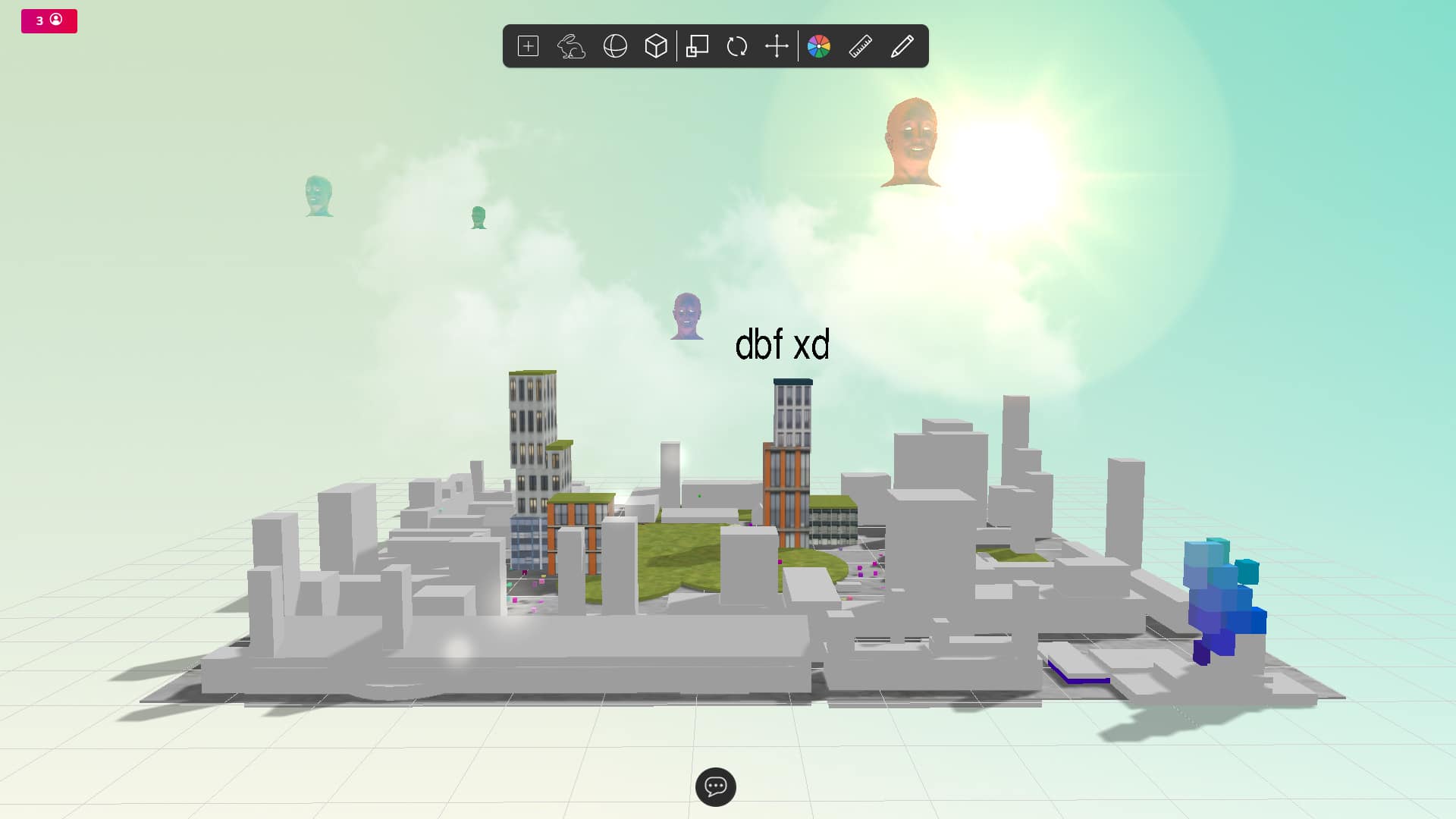
Digital Blue Foam is launching DBF-XD; a new product that offers features to further support home-based working. DBF-XD allows up to 100 users to simultaneously upload, edit, and view 3D files in a single 3D web environment.

Sayjel Patel, CTO, Digital Blue Foam, comments: “We are unveiling this product at the DigitalFUTURES architectural festival, where it will be used to help imagine a net-zero urban future. As we start to emerge from the pandemic, designers, and architects are gaining a new perspective on hybrid work; geography is less likely to limit where and when we can work, and who we can work with. To address the change in design practice, there is a need to not only redefine our relationship with technology, but also, reconsider on a more human level, how we connect, share, and collaborate to design a better future.”
CHALLENGES TO CONQUER
Despite how quickly technology has revolutionised other industries, the architecture, engineering, and construction (AEC) industry has been slow to adapt because of how deeply rooted cultures are in architectural design. Balawi stresses: “Even still, the AEC industry accumulates significant data during a project’s lifecycle, crucial to understanding its impact on the environment and monitoring workers’ safety. It is often the case that a building may still collect data about its occupancy rates and usage after completion, which has always been a challenge of the design industry to address and benefit from.”
Balchin outlines few other few challenges, “We will continue to benefit from these technological developments, however, the biggest tech-related challenges we will face ahead are available bandwidth, reliability, and higher monthly subscription costs.”
A successful digital transformation strategy has five components – hardware, software, data, process and people. it is widely accepted now that the technology aspect is the simplest part of the transformation while the human aspect is the most difficult and most impactful.
Atallah says: “The true benefits of using technologies will only be realised if employees have been enabled with the required skills, adequate processes, and the mindset to do things differently. At present many companies adopt state-of-the-art technology without fully understanding how it can improve their operations or it can effectively fit into the existing technology they use. Successful digital transformation requires a close assessment of existing process and evolving the processes according to the desired outcomes rather than trying to integrate a new piece of technology into a non-digital process.”
A recent FMI study found a significant disconnect between the technology being implemented and the people using it. Although 52% of those polled believe the needs of staff is a top priority for investing in technology, only 28% ever receive feedback from their staff before investing in new technology. It is no surprise that when technology fails, 36% say it was because it was a poor fit with existing processes and procedures. “The post-pandemic world requires digitisation as a standard but companies will only be successful if their workforces are fully trained and operational processes complement new technologies,” signs off Atallah.
.







